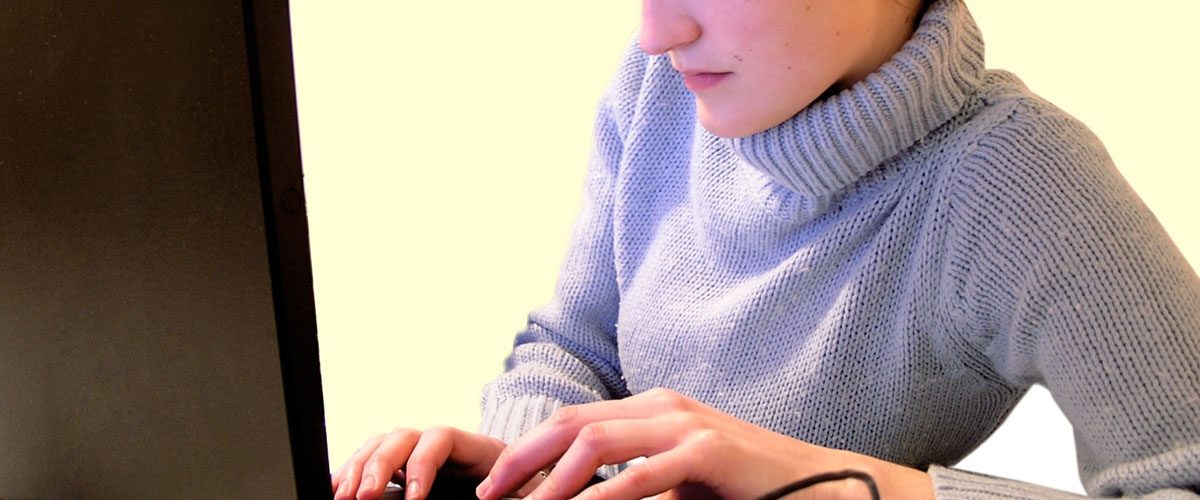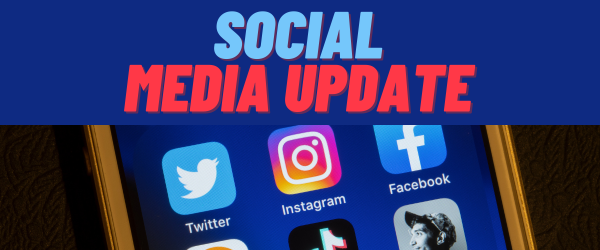YouTube came under fire earlier this year for incorrectly categorizing several LGBTQ YouTube creators’ videos. Although the content in the videos wasn’t “mature,” the videos were labeled as such.
Thankfully, the company owned up to its massive mistake and recently made public all the policy changes the site is adding to become more inclusive.
What is Restricted Mode, anyway?
Cam models likely already know what YouTube’s Restricted Mode is, but here’s a quick refresher.
YouTube’s Restricted Mode was created to help libraries, schools and other public institutions prevent people from accessing mature content — violence and porn — from its computers.
Unfortunately, YouTube’s original Restricted Mode went way too far.
According to TechCrunch, YouTube filtered videos with all sorts of LGBTQ content. For example, searches that listed videos with tags such as “LGBTQ kissing at weddings,” “LGBTQ personal accounts of difficult events” and “LGBTQ speaking out against discrimination” all were tagged mature.
A PR move, but the right move
YouTube Chief Executive Officer Susan Wojcicki announced in June — Pride Month in the U.S. — via blog post, a detailed rundown of the company’s “Pride Month initiatives.”
Thankfully, the company looked outside its corporate staff and consulted a number of volunteer LGBTQ employees and creators. The volunteer consultants were asked how the company could update its Restricted Mode policies.
It’s quite obvious YouTube knew it had to do something about its messed-up filtering process, and the company stepped up swiftly and in a strong way.
YouTube first addressed the issue in April when the company fixed the original engineering problem that wrongly filtered LGBTQ videos, TechCrunch reported. However, the glitch ran a bit deeper than a mere technical mistake: The company had to make a “moral” change, too. That change came via rewriting the company’s guidelines in order to clarify its position.
Unfortunately, YouTube’s position remains difficult to decipher. As TechCrunch pointed out, “It might be hard to avoid graphic language when describing what was said during a hate-motivated assault.”
To help make these changes clearer, YouTube added new content to its Creator Academy, also known as its resources for video makers. The resources include information that will help people create videos that won’t be blocked in Restricted Mode, Wojcicki said. The CEO also has “asked people to submit videos they think were wrongly restricted and promised that YouTube will review each one,” TechCrunch noted.
Why the change is important
TechCrunch rightly pointed out that any type of censorship — even accidental censorship — can truly damage LGBTQ people and youths’ perspective on life and their selves.
“[YouTube is] one of the only places that queer and trans youth, gay youth, bisexual youth, pansexual youth, asexual youth, any of these kids, have a way into community, have a way into knowledge, have a way of feeling that they are not alone,” YouTuber Rowan Ellis said.
We couldn’t agree more with this sentiment, especially in the wake of President Trump’s recent tweets regarding trans people serving in the U.S. military.
Why are some things taboo?
Obviously, restricting LGBTQ videos isn’t comparable to blocking helpful YouTube videos cam models create to help people safely get into the business, but it is related.
YouTube is just one of the myriad platforms cam models can use to promote their image, look, and style. When that content — which, granted, may be less “safe for work” than LGBTQ and anti-discrimination videos — is banned, the platform further marginalizes people who are just trying to make a living.
We can only hope more social channels will follow in YouTube’s anti-discrimination steps — and on the way, perhaps help cam models become less marginalized, too.
—
Abbie Stutzer is a writer and editor from Lawrence, Kans. Find her on Twitter at @abbiestutzer and on Insta at @abbiestutzer. Email her at abbie@ynotcam.com.
Check out what Rowan had to say below.
Image © Marinela Prodan.








